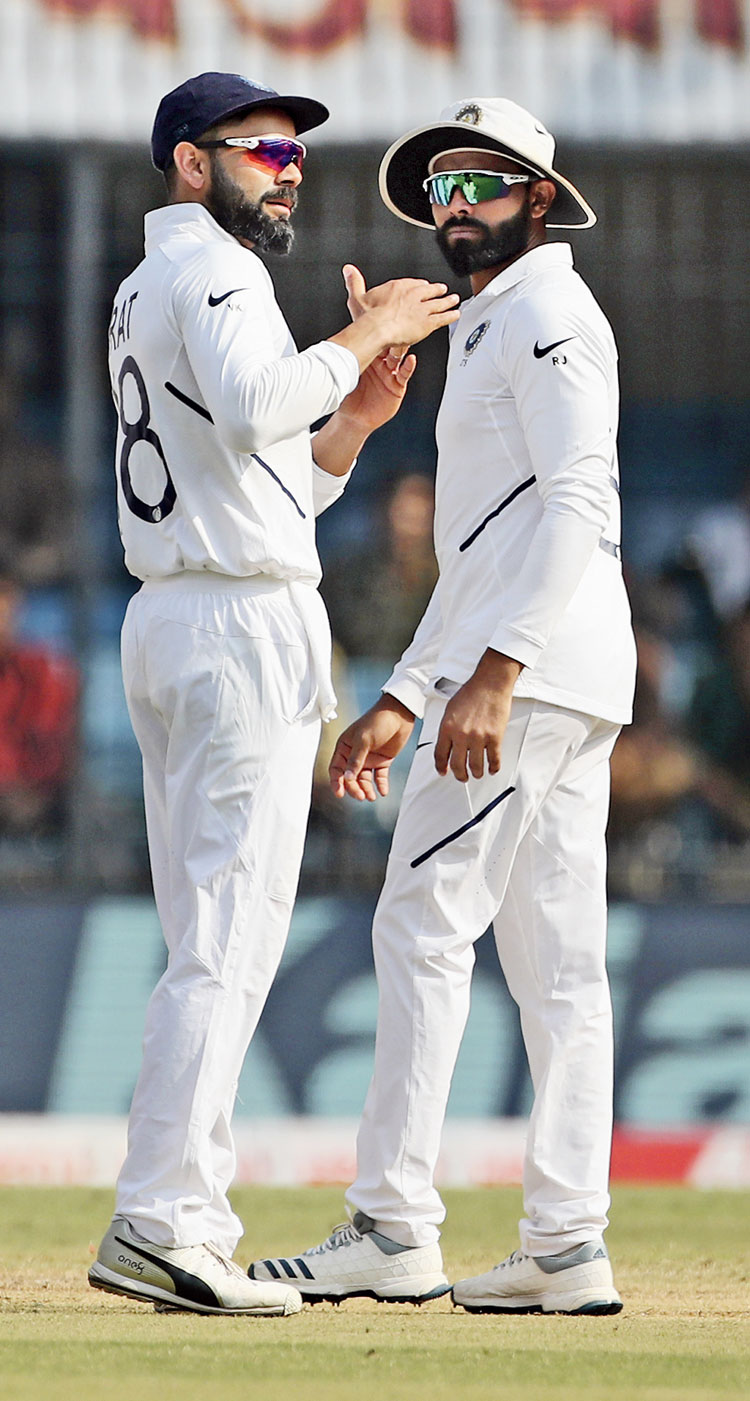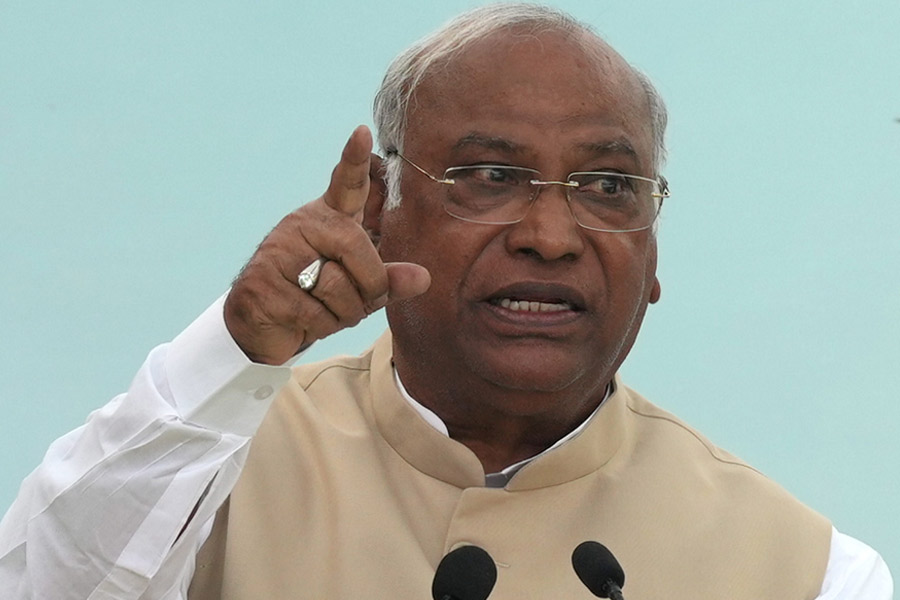Last month, around the time when the football team of Kosovo were playing Czech Republic in a Euro 2020 qualifier in Plzen, miles away in Indore, Bangladesh were locked in a contest on the cricket field against India.
War-ravaged Kosovo, which only got a Fifa membership in 2016 and are ranked on the other side of 100, gave the Czechs, an established name in football, a mighty scare before losing 1-2.
Bangladesh, 19 years after playing their first Test match, seemed like mere apprentices as India mauled them by an innings and 130 runs. They could hardly stand in front of Virat Kohli’s men and the imbalance in the contest was as big as the victory margin.
Bangladesh, however, is not the problem, it’s just the tip of it. The issue goes far beyond that.
Sport thrives in close contests while one-sided affairs generally point to its ill health. A big margin of win or loss is not a cause for concern unless what is supposed to be rare becomes the norm. That exactly is the issue with cricket. Statistics say so.
Of the last 10 Tests that have been played, seven have seen innings defeats. To make the canvas broader, in 2019 so far, out of 33 Test matches, 11 have seen innings defeats. That’s a good 33.33 per cent of all the matches that have been played in the longest format this year. It’s a big leap, though not really a desirable one, from the last two years’ numbers. In 2018, the percentage of innings defeats stood at 19.14, while in 2017 it was 19.56.
So what really has been the problem with cricket in its truest format? There’s no appropriate explanation for the trend and one can only try to draw conclusions looking at the larger picture.
Fact is, it is India, Australia and England who seem to have gone too far ahead for the other teams to catch up. New Zealand are playing well of late, but they famously lack consistency.
One wonders if it is just a coincidence that the cricket Boards of India, Australia and England are stronger, richer and better managed than the other cricketing nations. Do the off-field factors play such a decisive role on the field?
South Africa, despite the talent that they have always promised, have been struggling in recent times. News of a deep crisis in South Africa cricket, with players threatening to go on strike, painted a sorry picture.
The Pakistan Cricket Board has been left paralysed with no international cricket happening on its soil since the 2009 terror attack on the Sri Lankan team.
The Boards of Sri Lanka and Bangladesh remain more busy fighting corruption allegations than working on the improvement of the game. And as far as the West Indies are concerned, their Board looks more like a patchwork than a stable body.
One doesn’t know if all these somehow affected the performance of the players.
But look at the ‘Big Three’. The Board of Control for Cricket in India has been courting problems for the last three years, but that has had no impact on the cricket field as Kohli’s army conquered peak after peak.
Cricket Australia went into introspection after the ball-tampering scandal and, within a sport span of time, it seems they have overcome the bad times.
The England and Wales Cricket Board is busy reinventing itself and will soon be launching ‘The Hundred’ to further bolster the game in England.
But despite the facts, or coincidences if you please to call them so, not everyone thinks that lopsided contests in cricket reflect the health of respective cricket Boards.
“I don’t think the Boards have anything to do about it. The level of the sport is going down in general. It pains to see the West Indies, South Africa and Pakistan go down so meekly. But I think you can say that the game is better managed in India, England and Australia,” said former India cricketer Arun Lal when contacted by The Telegraph.
“This scenario, of only three-four teams playing the game at the desired level, is unsustainable… We desperately need the Pakistan, West Indies, South Africa and Sri Lanka of old,” Lal added.
Can something be done to bridge this ever-increasing gulf between the teams?
“I can’t think of a solution. When I started playing there were seven-eight teams, after all these years it should have been 15-16 teams at the top level. But in reality we see only three-four good sides. The game has regressed. The gap between teams is a lot and that’s why you get such skewed results,” Lal said.
Cricket aspires to be a bigger, better, global sport. But the truth is, it is shrinking everyday.










